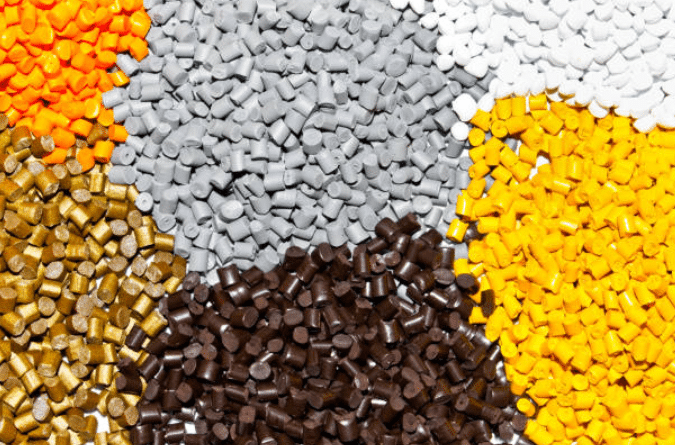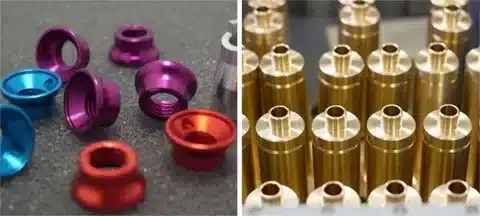ABS ranks as the most utilitarian and adaptable plastic material that exists in the world under its common designation of Acrylonitrile Butadiene Styrene. The widespread availability of ABS across automotive components and household items makes it possible to acquire this unique material which shows good strength with flexibility while maintaining affordability. ABS exists in multiple versions which serve discrete performance specifications. This guide explores the various ABS types alongside their characteristics alongside their preferred usage applications.
What is ABS Plastic?
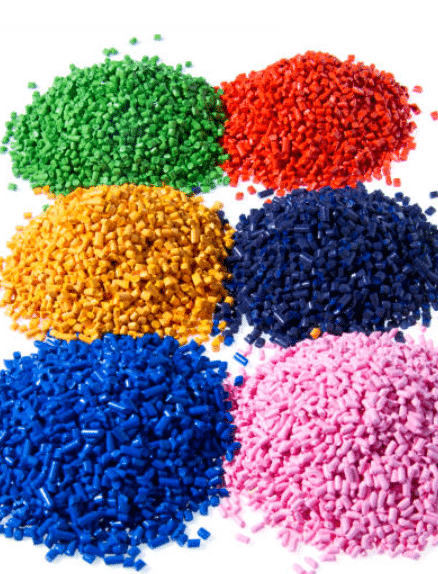
The production of ABS thermoplastic polymer occurs through the mixture of three separate monomers consisting of acrylonitrile butadiene together with styrene. The individual components of ABS materials bring their distinct properties which groom the final material properties.
- Improving heat stability together with chemical resistance are qualities that acrylonitrile brings to the ABS material.
- The addition of butadiene to the material formulation produces an outcome which combines impact resistance with material toughness.
- ABS receives its firmness and its shiny exterior appearance from styrene.
The final material formed by these three monomers possesses both resistance to impact forces and weight-bearing strength in addition to enduring durability. The versatility of ABS material allows manufacturers to produce it by injection molding and extrusion techniques and through 3D printing applications for different industry applications.
Key Properties of ABS
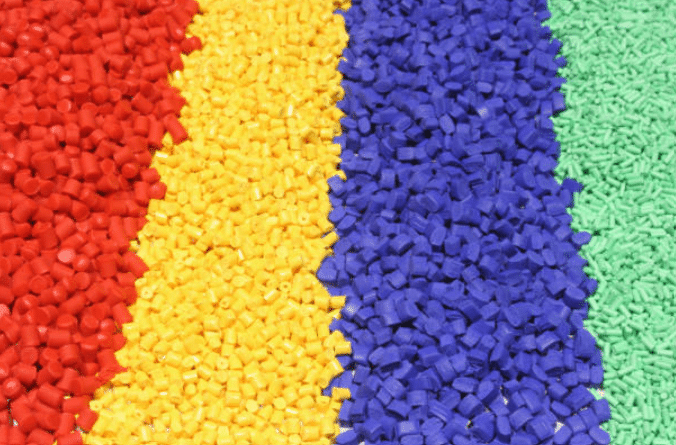
The fundamental qualities which make ABS widely popular require understanding prior to exploring different ABS types include:
- Excellent impact resistance
- Good mechanical strength and stiffness
- High chemical and abrasion resistance
- Easy to fabricate and machine
- Good dimensional stability
- Glossy surface finish
- Moderate resistance to heat
ABS material displays characteristics that make it suitable for different applications which include protective headgear and electronic housing production.
Different Types of ABS
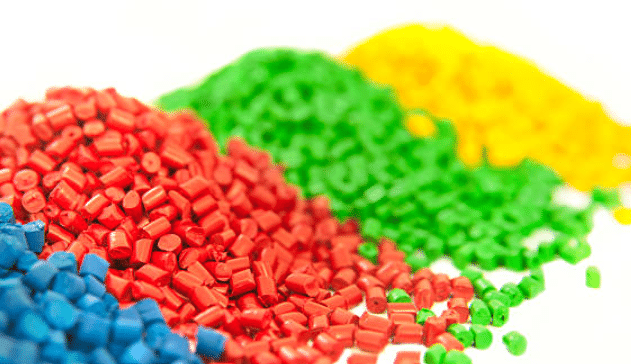
The main characteristics of all ABS materials exist but different formulation methods and processing steps result in specialized product types. Here are the main categories:
1. General-Purpose ABS
General-purpose ABS stands as the main commercial usage of this material. Overall this material strikes an optimal harmony between strength characteristics and workability and endurance properties. The material’s surface enables easy plating and gluing and painting operations thus leading to its widespread use in consumer items such as toys including LEGO bricks and luggage and small household appliances.
ABS shows excellent performance in systems requiring durability together with high aesthetic quality because of its appropriate strength and toughness balance. ABS remains economically advantageous and easy to produce so its mass production dominates the industry.
2. High-Impact ABS
Products made with high-impact ABS achieve stronger shock and physical stress resistance through a butadiene rubber content boost. The material proves most beneficial for items that experience frequent physical stress and tend to endure rough treatment.
The material finds applications in automobile interior production as well as power tool equipment and protective sports equipment. High-impact ABS manages to give extra strength against breakage while maintaining sufficient structure without losing its flexibility too much.
3. Flame-Retardant ABS
ABS that needs fire protection gets added substances which stop ignition while controlling the movement of flames during fires. The strict electrical and electronic device standards enable this ABS type to function excellently as material for computer housings and television cabinets and electrical enclosure containers.
Flame-retardant ABS provides essential safety properties to high-risk conditions by compromising some mechanical strength compared to generic ABS varieties.
4. Heat-Resistant ABS
The production of Heat-resistant ABS results in material which withstands operating temperatures above standard ABS limits. Manufacturers develop different kinds of ABS materials through modification of polymer structures and heat-stabilizing additive incorporation to achieve temperature-resistance performance.
The application of this ABS material succeeds best for automotive under-the-hood parts as well as industrial machinery components while requiring thermal stability. A rise in heat resistance level of ABS can lead to decreased impact resistance yet manufacturers need to weigh both factors during decision-making.
5. Electroplatable ABS
The designers developed electroplatable ABS for applications that require metal plating through electroplating techniques. Manufacturers can create ABS parts that easily connect with thin metallic coverings of chrome nickel or gold through optimized surface manipulation of the polymer.
Electroplatable ABS possesses high attractiveness for decorative functions as well as functional applications which require automotive trims together with bathroom fixtures and hardware components. ABS with electroplatable properties provides the most beneficial combination by uniting an effecient lightweight material structure with an elite metal coating effect.
6. ABS Alloys and Blends
When ABS receives additions of other materials it becomes stronger in certain properties. Common blends include:
- ABS/PC (Polycarbonate): Improves impact strength, heat resistance, and chemical stability. The automotive sector and electronics sector use this material combination.
- ABS/PVC (Polyvinyl Chloride): Enhances chemical resistance and flame retardancy. This material finds applications in outdoor use together with piping systems.
- ABS/PMMA (Acrylic): Boosts UV resistance and surface gloss, ideal for cosmetic products and signage.
Manufacturers benefit through these alloys because they gain enhanced abilities to fulfill requirements of specific applications.
7. Recycled ABS
Sustainability promotion requirements have made recycled ABS more prevalent in the market. The manufacturing process of recycled ABS begins with waste collection from both industrial operations and consumer settings to create new materials for industries.
The mechanical traits of recycled ABS match those of virgin ABS post-process but recycling advancements have brought these properties closer to identical. Recycled ABS finds its primary applications in non-aesthetic uses because it works well in internal automotive parts along with low-cost consumer products.
Choosing the Right Type of ABS
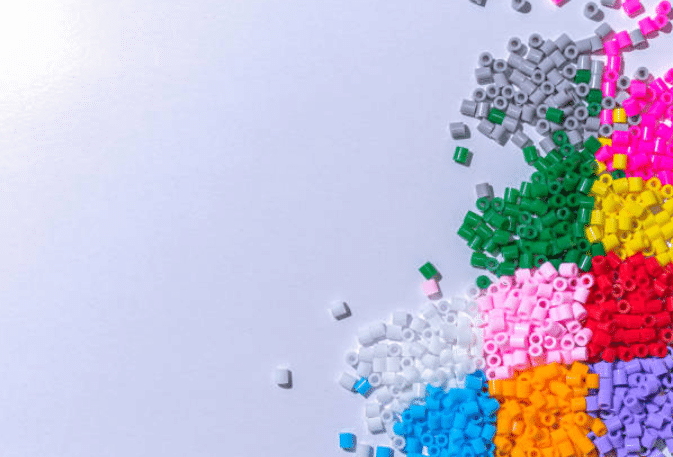
Project-specific factors determine which type of ABS should be selected because the material selection requires multiple decisive criteria.
- Mechanical demands: Does the product need to withstand heavy impact or repeated stress?
- The sales volume of the product requires evaluation regarding its exposure to extreme high temperatures.
- A cosmetic examination of the product needs to determine whether a shiny surface or metallic appearance fits the design needs.
- The product requires compliance with both fire safety and chemical resistance regulations.
- Environmental concerns: Is sustainability a key factor?
Selecting ABS with proper properties relative to end use purposes produces products that meet both performance needs and durability standards and generate satisfied customers.
Applications of Different ABS Types
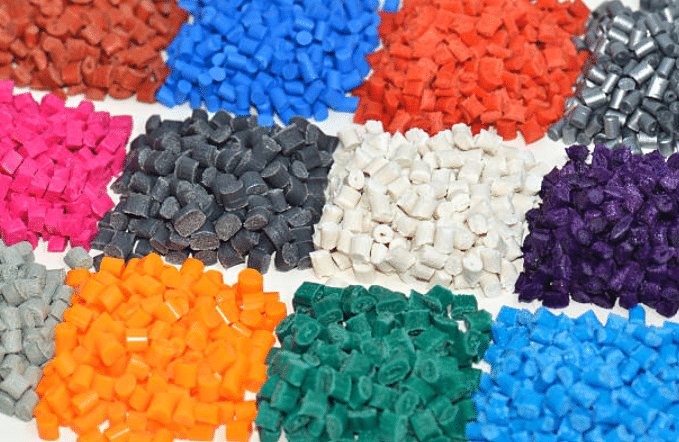
Various industries employ ABS material because of its multi-purpose applications.
- Automobiles require Dashboard parts alongside Trims and Bumpers that feature High-impact strength and Heat-resistance with the ability to be Electropolished using ABS materials.
- The electronic sector makes use of flame-retardant ABS to create housings for laptops as well as smartphones along with televisions.
- General-purpose and flame-retardant ABS materials find applications in construction through pipes as well as fittings and panels.
- Unique consumer products benefit from general-purpose and high-impact ABS applications including toys as well as luggage and helmets and kitchen appliances.
- Healthcare: Portable medical devices, equipment housings (heat-resistant, chemical-resistant ABS blends)
Each type of ABS brings distinct benefits to specific applications which enable manufacturers to find optimal solutions between product cost and performance and safety requirements.
Conclusion
ABS exists beyond a stationary plastic form because it consists of specialized materials designed to cover multiple industrial applications. Product designers find suitable materials across consumer goods and specialized automotive portions as well as medical components through the diverse ABS family. Your product development efficiency enhances when you select the right type of ABS among general-purpose, high-impact, flame-retardant, heat-resistant, electroplatable, blends, and recycled variants.
Making decisions about ABS selection requires a careful assessment of product mechanical capabilities together with thermal properties and appearance requirements and compliance rules. A well-planned selection of ABS brings dual financial benefits together with production flexibility that exceeds what other materials can deliver.

